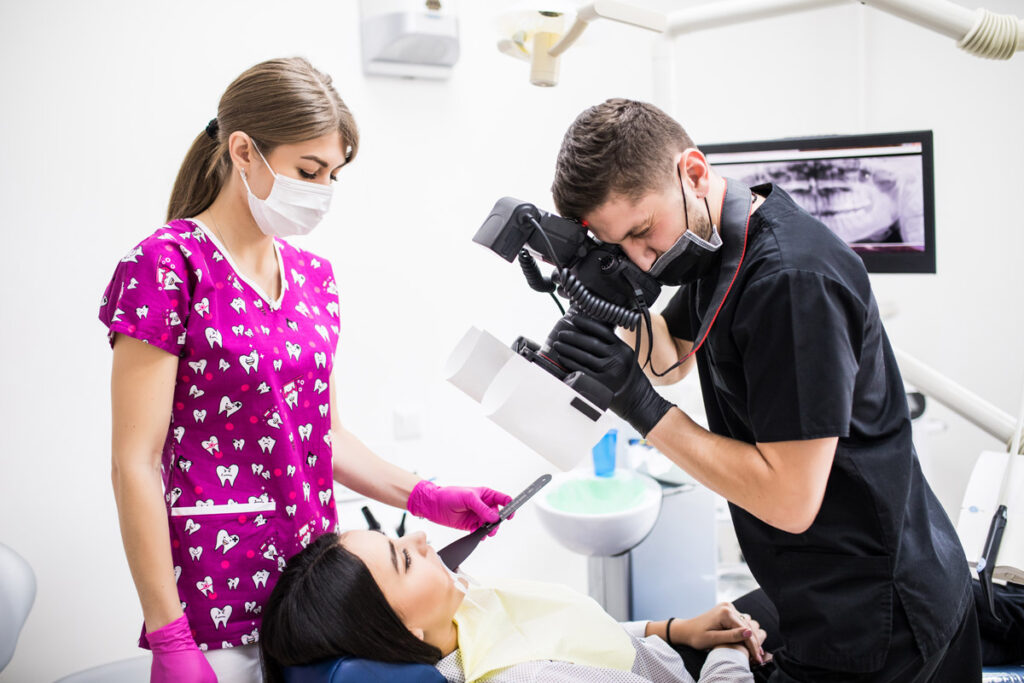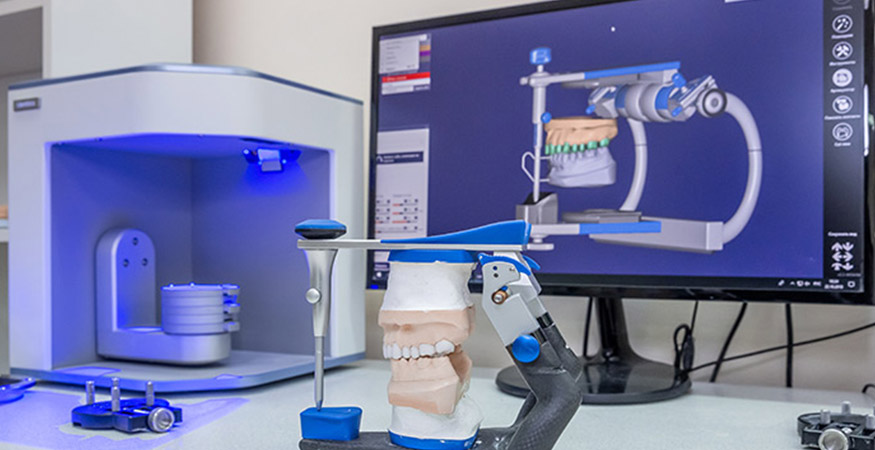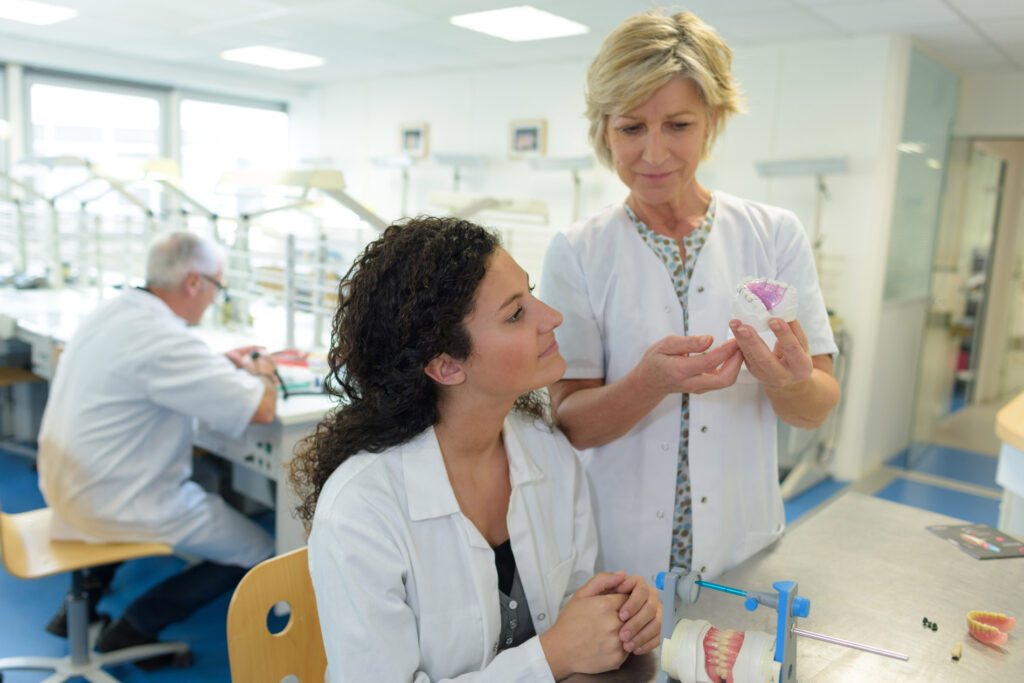Creating dental restorations that flawlessly match the natural color of a patient’s teeth is both an art and a science. This detailed guide explores the significance of accurate shade matching, the techniques and technologies involved, and why achieving the perfect match is essential for natural-looking results.
Introduction
Shade matching in dental restorations is a critical step in ensuring that dental work is not only functional but also aesthetically pleasing. With advancements in dental materials and technology, expectations for cosmetically perfect restorations have never been higher. This makes the process of shade matching more important than ever.
Why Shade Matching Matters
Aesthetic Appeal: The primary goal of any dental restoration is to look as natural as possible. A perfect shade match ensures that restorations blend seamlessly with the surrounding teeth, enhancing the patient’s smile and overall confidence.
Patient Satisfaction: Accurate shade matching is directly linked to patient satisfaction. Patients are more likely to be pleased with their dental work when it looks natural, boosting their self-esteem and satisfaction with the dental service.
Techniques for Perfect Shade Matching
Visual Assessment
- Shade Guides: Traditional shade guides are the most common tools for shade matching. They provide a range of tooth colors, allowing the dentist to make a visual comparison.
- Natural Light: Observing the shade in natural daylight can provide a more accurate match, as artificial lighting can alter the appearance of tooth color.
Digital Technology
- Spectrophotometers: These devices measure the color of teeth and restorations accurately, providing a digital readout of the shade.
- Digital Imaging: Advanced imaging software can analyze the color and translucency of the patient’s teeth, offering a highly accurate shade match.
Challenges in Shade Matching
- Variations in Natural Teeth: Natural teeth can have multiple shades, making it challenging to find an exact match.
- Lighting Conditions: The light under which the shade matching is done can significantly affect the outcome. It’s crucial to use consistent, natural lighting for accurate results.
- Material Limitations: Some dental materials may not be available in all shades, requiring skilled blending and customization by the dental technician.
FAQs on Shade Matching
Q: Does the type of restoration affect the ability to match the shade?
A: Yes, different materials (like porcelain, composite, and zirconia) have different properties and translucencies, affecting the final appearance.
Q: Can the shade of a restoration change over time?
A: High-quality materials are designed to maintain their color, but factors like staining and wear can affect the appearance. Regular dental check-ups can help manage these changes.
Achieving the perfect shade match in dental restorations is a meticulous process that significantly impacts the aesthetic and functional success of dental treatments. With the right combination of skills, technology, and communication between the dentist and dental lab, it’s possible to create restorations that patients can wear with pride. TJ’s Dental Lab remains at the forefront of these innovations, ensuring every restoration is a step towards enhancing patient smiles and satisfaction.
By understanding the importance of shade matching and employing the latest in technology and techniques, dental professionals can continue to deliver results that meet and exceed patient expectations, reinforcing the value of expertly crafted dental restorations in achieving natural, beautiful smiles.


